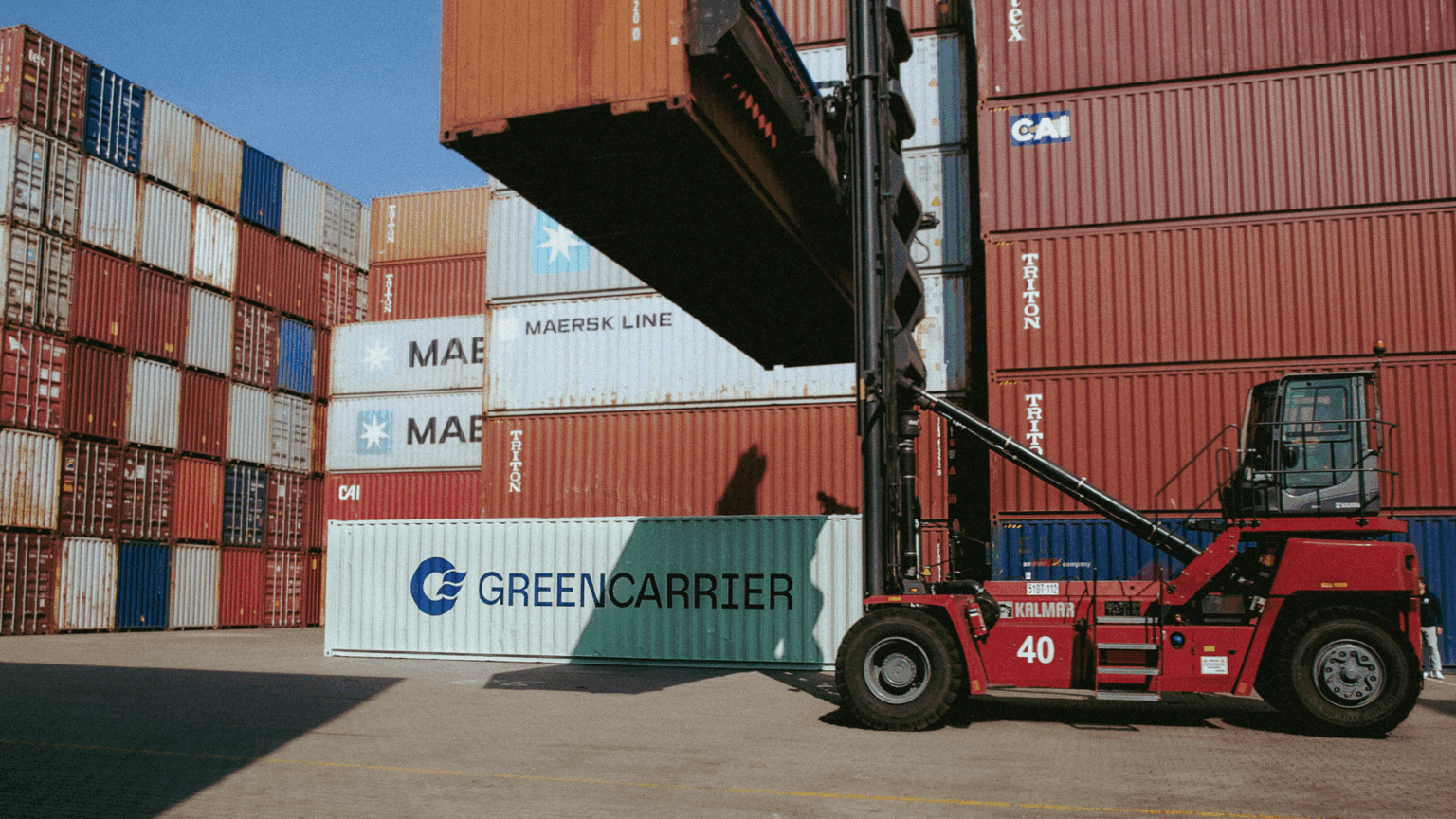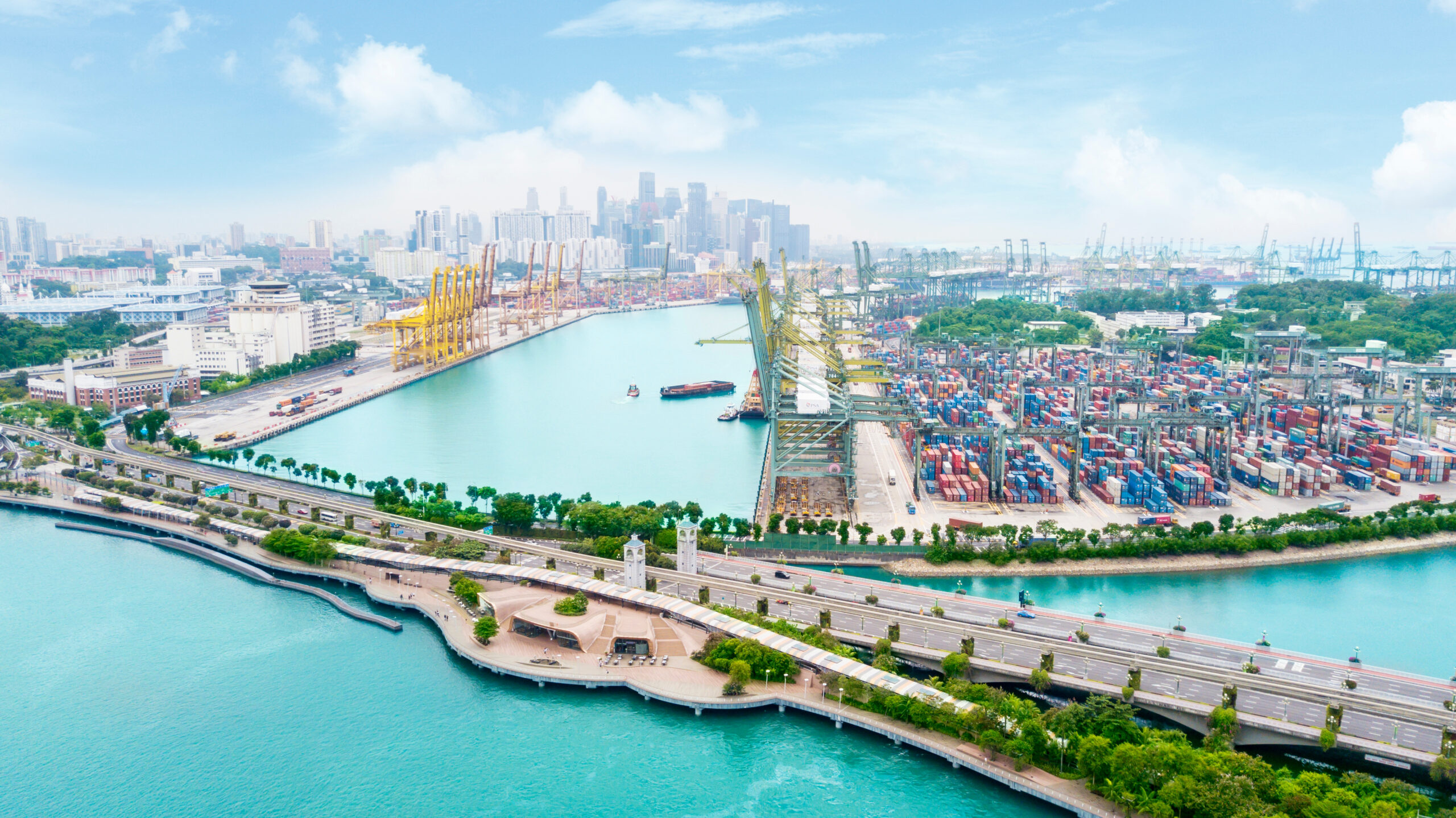The hidden potential in every container
Every year, millions of containers travel across oceans – half-full. Whether due to inefficient planning, mismatched shipment sizes, or tight delivery windows, underutilized containers silently inflate logistics costs and carbon emissions. Optimizing container load is one of the simplest, yet most impactful ways companies can improve both their bottom line and their environmental footprint.
More cargo, less carbon
The logic is straightforward: the more efficiently you fill a container, the fewer containers you need. Fewer containers mean fewer vessels, trucks, and handling operations – directly reducing fuel consumption and CO₂ emissions.
The cost advantage
Transportation is one of the largest expenses in global trade. Each container carries not just goods, but also costs related to handling, port fees, and freight rates. By optimizing load factors, companies can:
- Reduce total transport costs per unit of goods.
- Avoid surcharges for additional containers.
- Enhance supply chain predictability by streamlining consolidation and scheduling.
Even small improvements in load optimization can translate into large annual savings – particularly for high-volume shippers.
Tools and strategies that make a difference
Modern load optimization is a mix of smart planning and digital innovation. Leading logistics providers now use simulation tools and AI-based systems that calculate the best possible packing pattern, weight distribution, and sequence for loading.
Key practices include:
- Collaborative consolidation: Combining shipments from different suppliers or customers to fill containers fully.
- Packaging redesign: Adjusting dimensions to improve stacking efficiency.
- Digital twin modelling: Visualizing and simulating loads before packing begins.
- Dynamic routing and scheduling: Matching the right container size to each shipment profile.
Beyond efficiency: A sustainability lever
Optimizing container loads isn’t just about doing more with less – it’s about rethinking the sustainability of global trade. As companies increasingly set Science-Based Targets and pursue lower Scope 3 emissions, efficient loading is a quick win with measurable impact.
Each avoided container movement cuts emissions not only at sea but across the entire transport chain – from terminal handling to last-mile delivery.
A shared responsibility
Freight efficiency doesn’t happen in isolation. Shippers, logistics partners, and carriers all play a role in improving utilization rates. Open communication, shared data, and flexible planning make it possible to achieve near-full loads while maintaining service reliability.
At Greencarrier, we see container load optimization as a cornerstone of responsible logistics – combining economic performance with care for the planet.
Want to book a shipment with us? Get in touch today.




